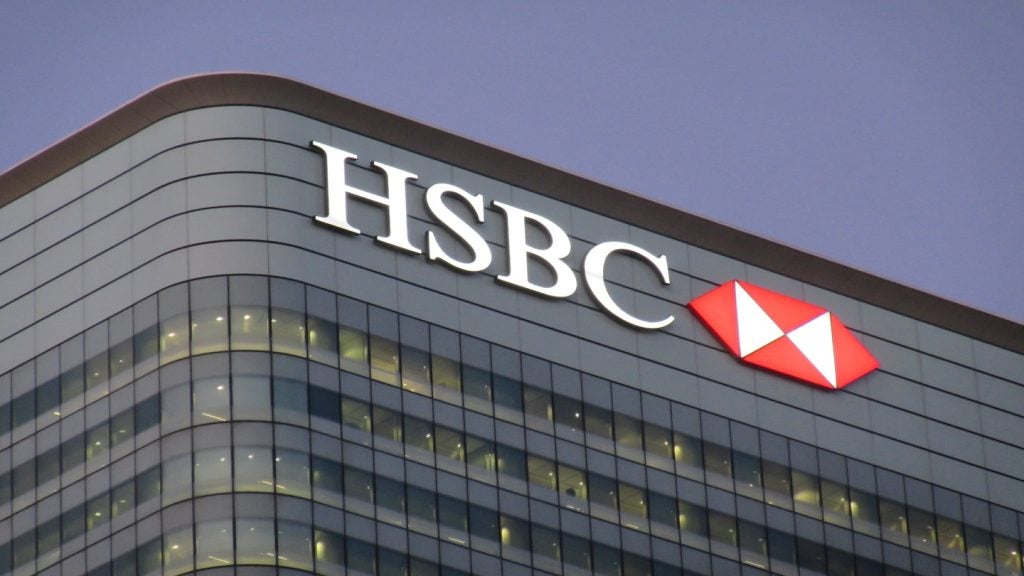In the dynamic landscape of finance and private banking, 2024 is brimming with trends and potential. Banks and financial institutions continue to navigate the intricate intersections of technology, customer expectations, and market evolution. Developments in Artificial Intelligence (AI), neo banking, and the transition from open banking to open finance, means that the sector is constantly in flux. Marouane Bakhtar writes
In this exploration of banking trends, we delve into the profound impact of AI, examining how it fits within other key current trends in the industry.
AI’s evolving role in banking
AI and Machine learning will continue to revolutionise the Banking space. Banks will further leverage AI-powered chatbots and virtual assistants for customer service and streamline operations. In addition, we can expect to see AI-enabled hyper-personalisation, offering tailored financial advice, investment strategies and product recommendations based on preferences and behaviours – for instance AI could analyse spending data to automatically invest stocks that align with investors’ ethical values. These AI advisors could see up to a 90% success rate in predicting loan defaults, saving banks billions.
However, this evolution brings forth new challenges, including concerns about data privacy and the ethical use of AI. A report by S&P Global last year predicts that banks and financial institutions are poised to be the largest adopters of AI, but it’s important to tread with caution. Widespread deployment and responsible integration of AI will have to account for fairness, safety, and regulation.
Neobanks and Challenger Banks
The rise of neobanks and challenger banks has been nothing short of transformative for the financial industry and has redefined customer expectations and experience. With a projected industry growth rate of 53.4% in the next six years, these agile players are rewriting the rules of banking. Understanding the strategies that propel their success is paramount to incumbents in navigating the maturing neobanking sector, so that it is possible to stay relevant to modern consumers.
Digital-only service forms the crux of their success. Over the past few years, neobanks have leveraged customer-friendly interfaces and open ecosystems to become the go-to banking providers for ‘digital natives.’ However, this new generation of customers expects not only a sound technological infrastructure but also the backing of face-to-face customer interaction to reel them in – setting the stage for increased ‘coopetition’ between incumbents and challenger banks.
How well do you really know your competitors?
Access the most comprehensive Company Profiles on the market, powered by GlobalData. Save hours of research. Gain competitive edge.

Thank you!
Your download email will arrive shortly
Not ready to buy yet? Download a free sample
We are confident about the unique quality of our Company Profiles. However, we want you to make the most beneficial decision for your business, so we offer a free sample that you can download by submitting the below form
By GlobalDataNationwide’s digital-focused rebrand and HSBC’s recently launched multicurrency exchange app, Zing, are both examples of legacy institutions offering competition to neobanks, and working together to cater to the diverse segments that make up the banking population in the UK.
Path from Open Banking to Open Finance
From the initial steps of open banking adoption, the industry is now on a trajectory towards open finance. The expanded scope goes beyond sharing transaction data to encompass a holistic financial ecosystem, bolstered by data-sharing partnerships. In the UK, open banking is no longer a novelty; it’s a reality embraced by 1 in 9 consumers. As this number continues to rise, the popularity of embedded finance is set to soar. Open banking has offered countless advantages to banking customers and institutions since its widespread adoption – open banking-enabled apps have transformed how customers approach budgeting, saving, and borrowing. Open finance is set to take this forward beyond payments, to leverage data sharing and ‘smart data’ to include pensions, mortgages, and investments, in its roster of possible applications.
In 2024, financial interconnectedness is set to become not just a trend but a cornerstone in the way consumers engage with banking services.
What should the industry look forward to in 2024?
As financial interconnectedness grows, the emergence of embedded finance stands as a testament to the evolving nature of the industry. Banking in 2024 is not just about transactions; it’s a dynamic fusion of innovation, collaboration, and ethical responsibility—ushering in a future where financial services are seamlessly integrated into consumers’ lives.
Marouane Bakhtar is the head of banking UK at Synpulse








